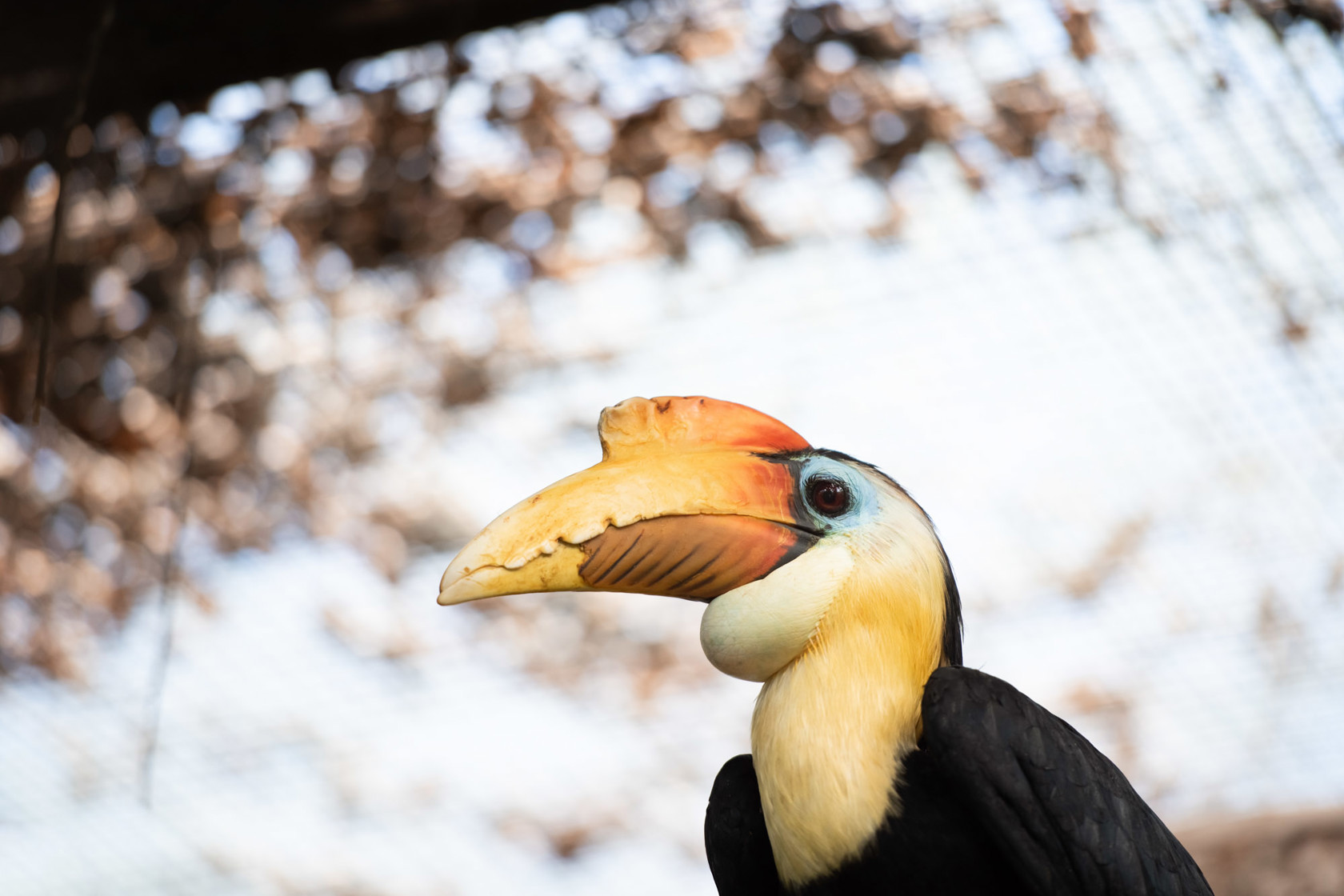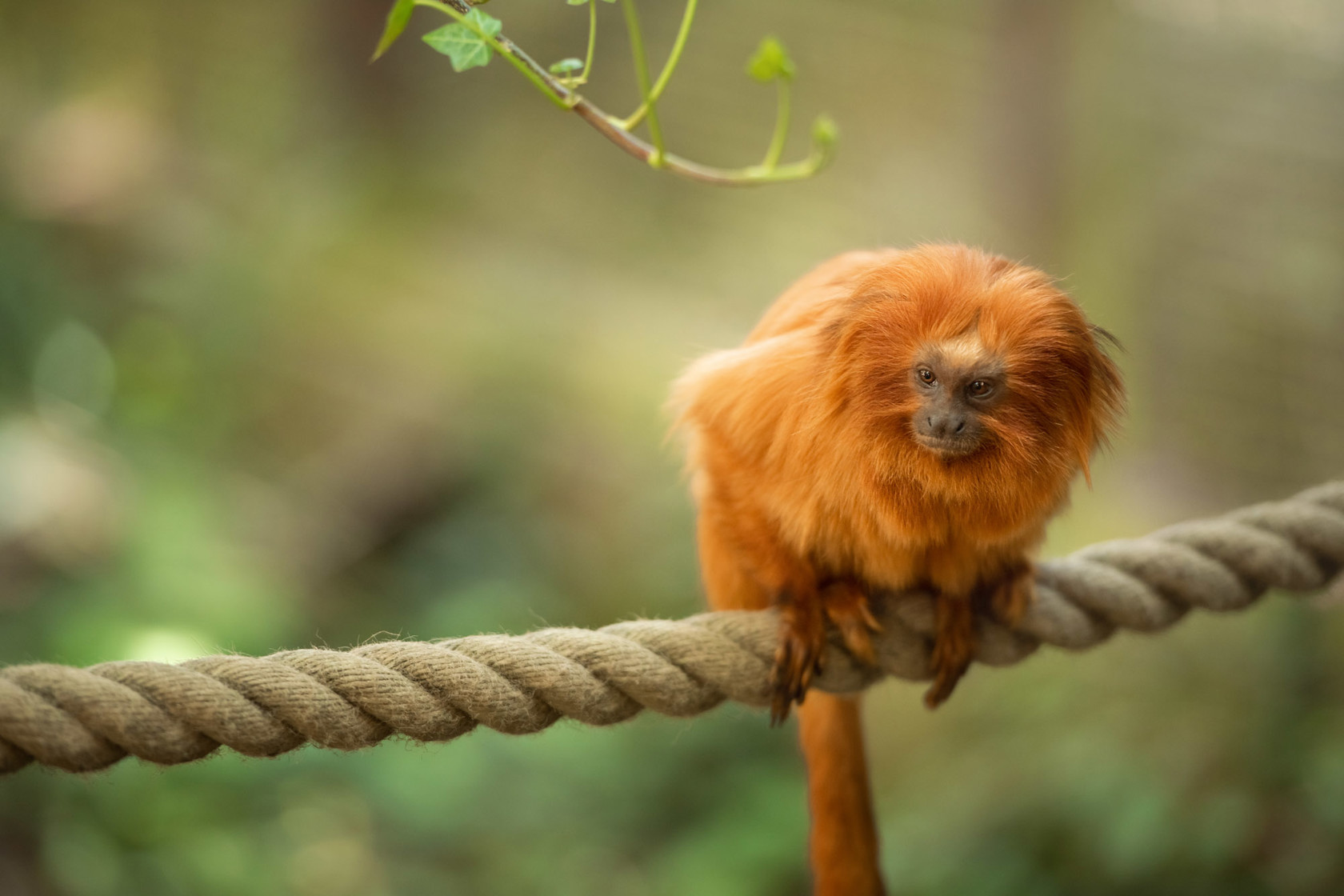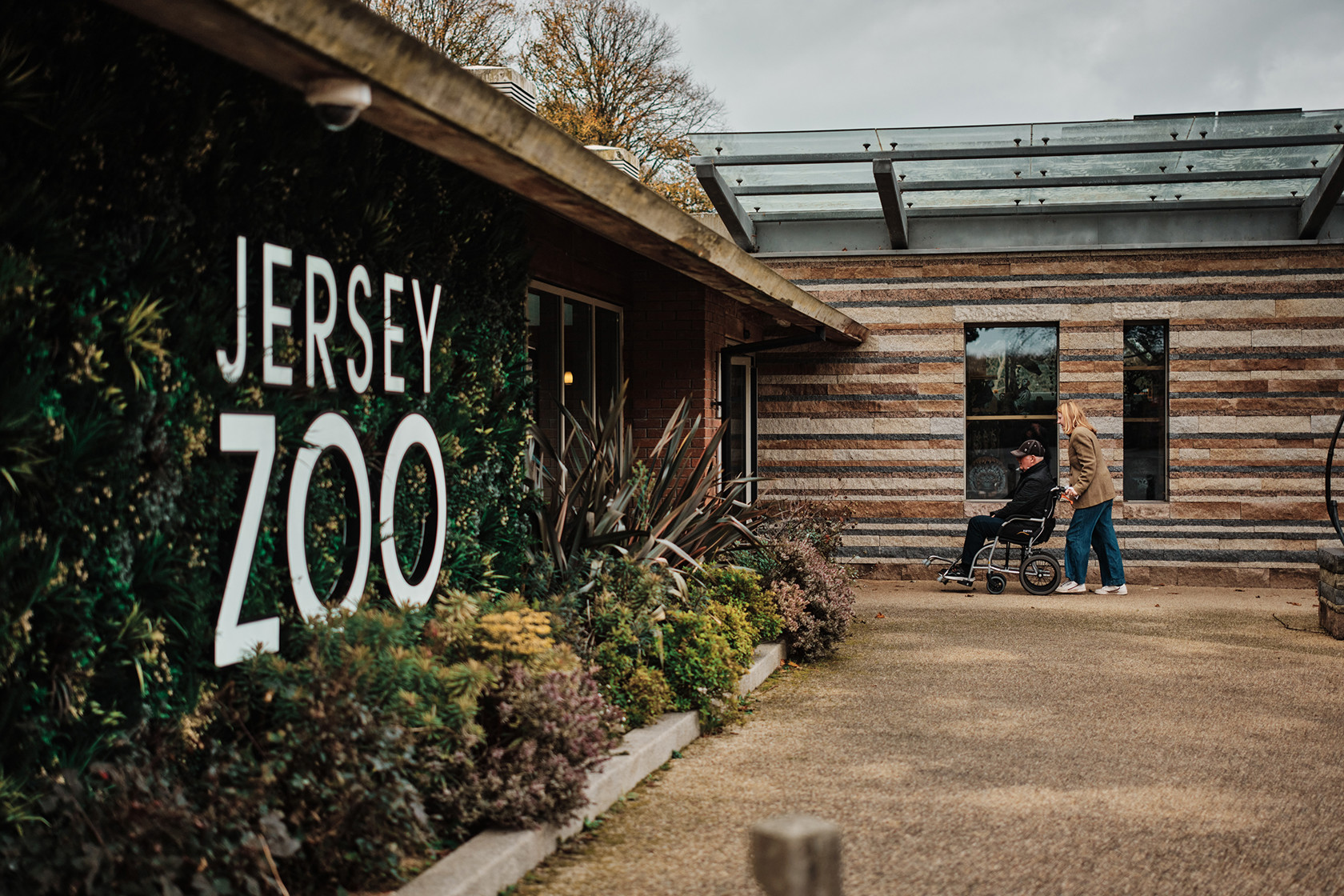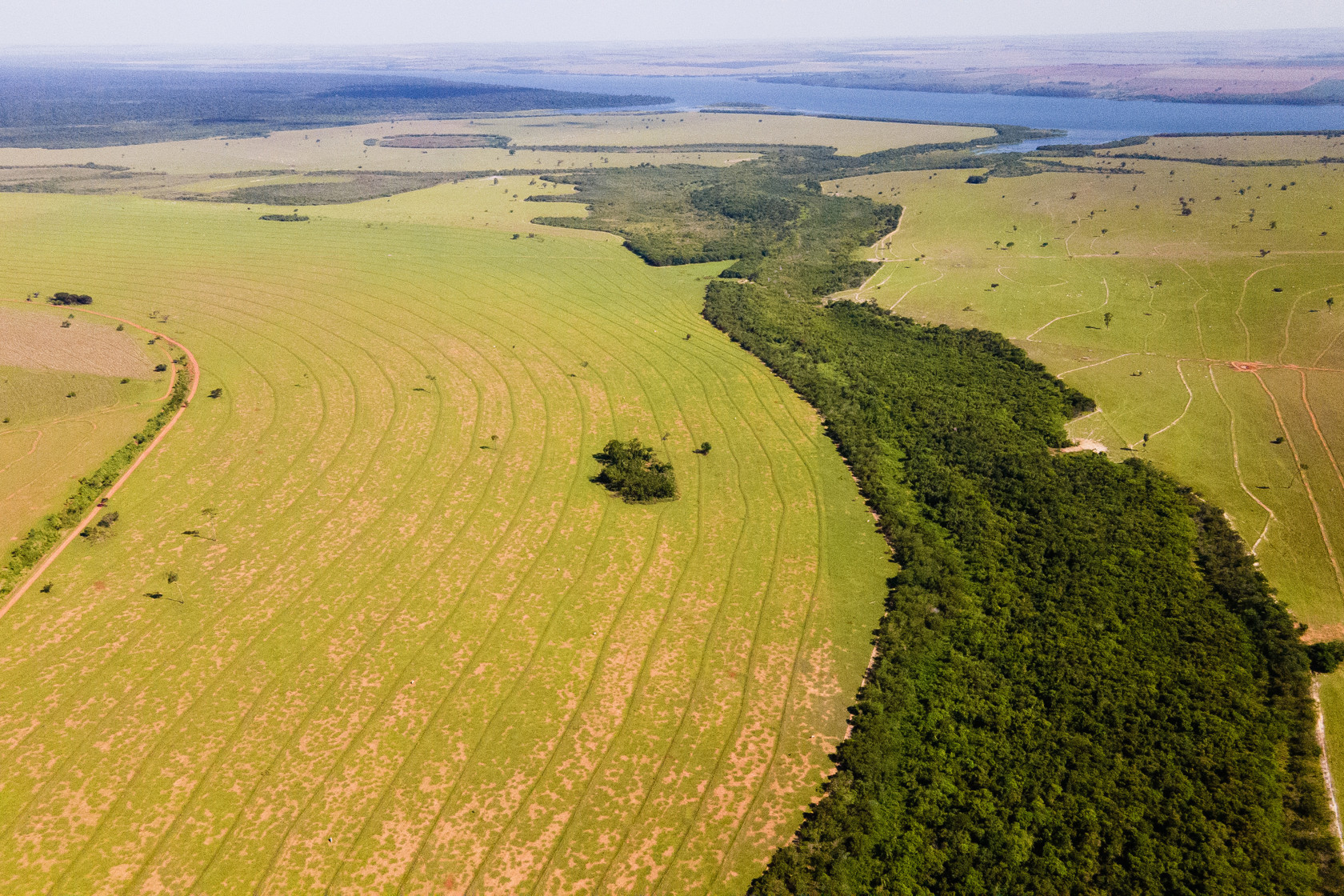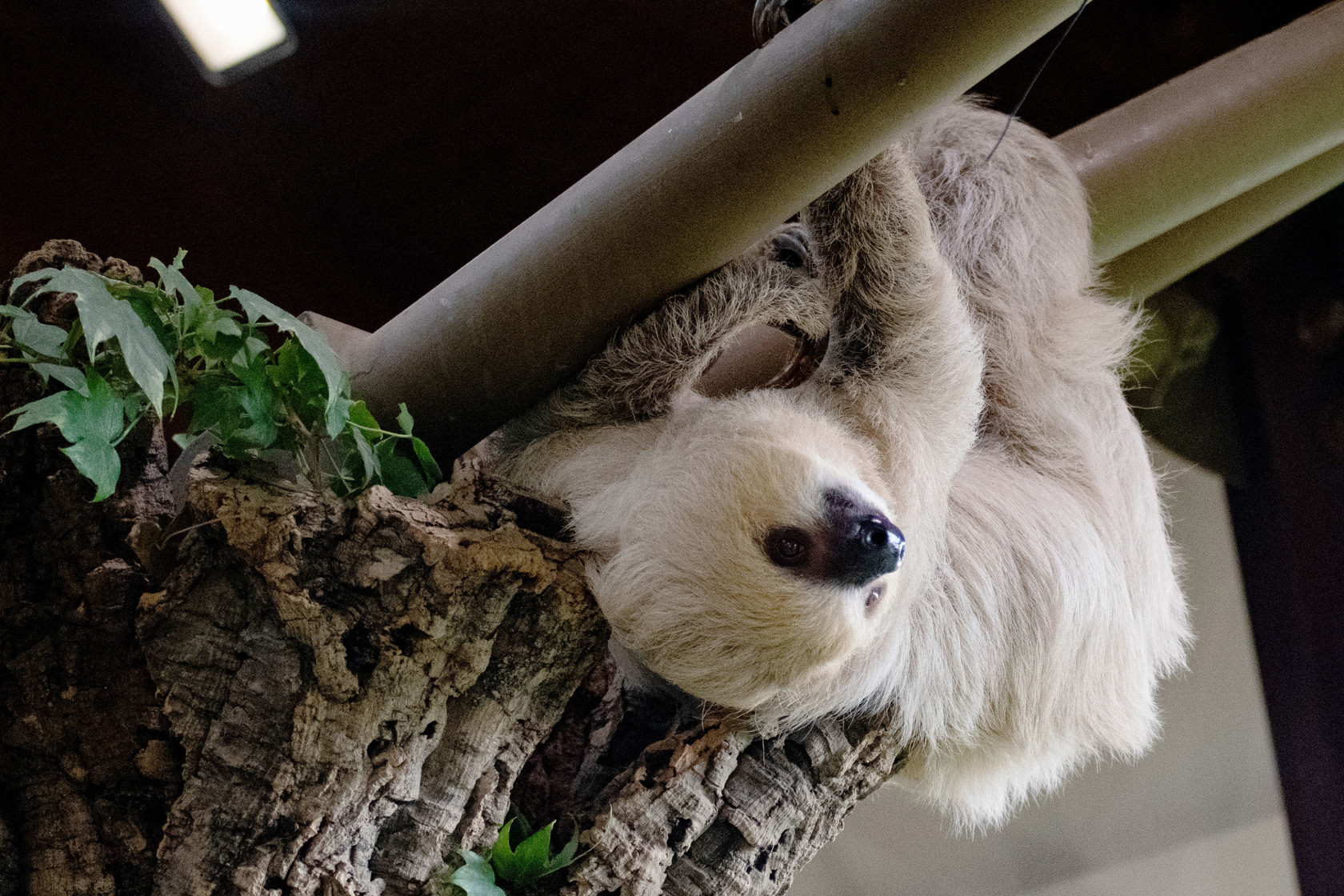In need of a bounce back: Malagasy giant jumping rat declared ‘Critically Endangered’
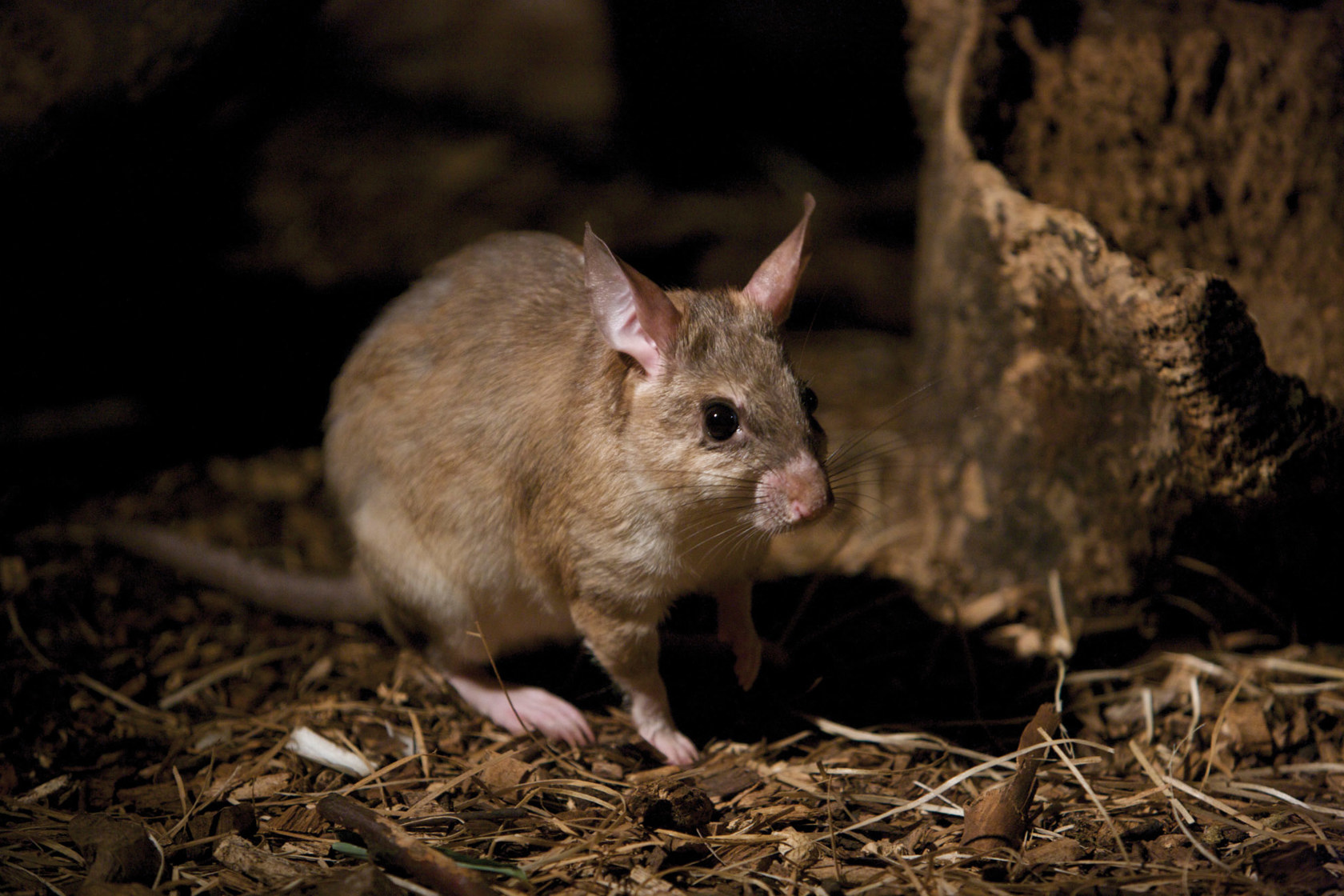
The Malagasy giant jumping rat is the only living species in the 'jumping rat' genus Hypogeomys. As its name suggests, this forest-dwelling rodent has an impressive jumping ability, with its large back feet that help it to spring almost one metre into the air when evading predators. Such rabbit-like quirks of the jumping rat can also be seen in its nesting behaviour; during the day, it rests in an underground burrow complex. At night, it becomes active to forage for fallen fruit, leaves and seeds. The burrows of the Malagasy giant jumping rat are relatively high maintenance with entrances that are excavated and re-sealed every time a rat leaves and returns. Rather unusually, this rodent lives in its burrows in social monogamy: a male and female pair will remain together until one mate dies.
Durrell Wildlife Conservation Trust was first involved with the Malagasy giant jumping rat early in the organisation’s conservation efforts in Madagascar in the 1990s. Fossil evidence from a millennium ago indicates the range of the Malagasy giant jumping rat extended much further south than its modern inhabitants. Today, this unique species is found in only two isolated fragments of the Menabe region on the west coast of Madagascar, occupying a total area of less than 200km2.
Substantial habitat loss across this species’ historical range has been the result of climate-related aridification as well as human activities. Slash and burn agriculture, logging, charcoal production, illegal maize and peanut production have all contributed to unprecedented rates of deforestation in the now-protected Menabe Antimena area; by 2014, approximately 4,000 hectares of forest was being lost per year.
“The deforestation rate in Menabe-Antimena Protected Area and the resulting impact on the giant jumping rat is devastating,” Dr Mike Hudson, Durrell’s Conservation Science Manager, explained. “In 2017, 12,000 hectares of forest was lost in a single year – more than 12% of the remaining forest area in the park. If we don’t act immediately, with greater enforcement of National Park rules and protection of this habitat, we will lose this species in a matter of years.”
Habitat loss is not the only threat the Malagasy giant jumping rat faces. It may be susceptible to hantaviruses recently detected in other rodents in Madagascar, as well as the negative impacts of feral cats and dogs, which pose a risk as predators as well as carriers of disease.
Conservation Scientist and Small Mammal Specialist Group Co-Chair, Dr Rosalind Kennerly said: “The change in the Red List category comes after a significant amount of research to understand the population trend of the species. As a forest dwelling species, it has suffered hugely due to the loss of its habitat and the Critically Endangered listing reflects the dire situation.”
These challenges have driven a severe and ongoing drop in numbers of the Malagasy giant jumping rat. Durrell undertook urgent survey work in the field in 2019 (even capturing rare footage of the rodents) and, based on the results of such surveys, the population was estimated to have declined by over 85% between 2007 and 2019. Approximately just 5,000 individuals remain and the alarming reduction in numbers is what qualifies the Malagasy giant jumping rat for Critically Endangered status.
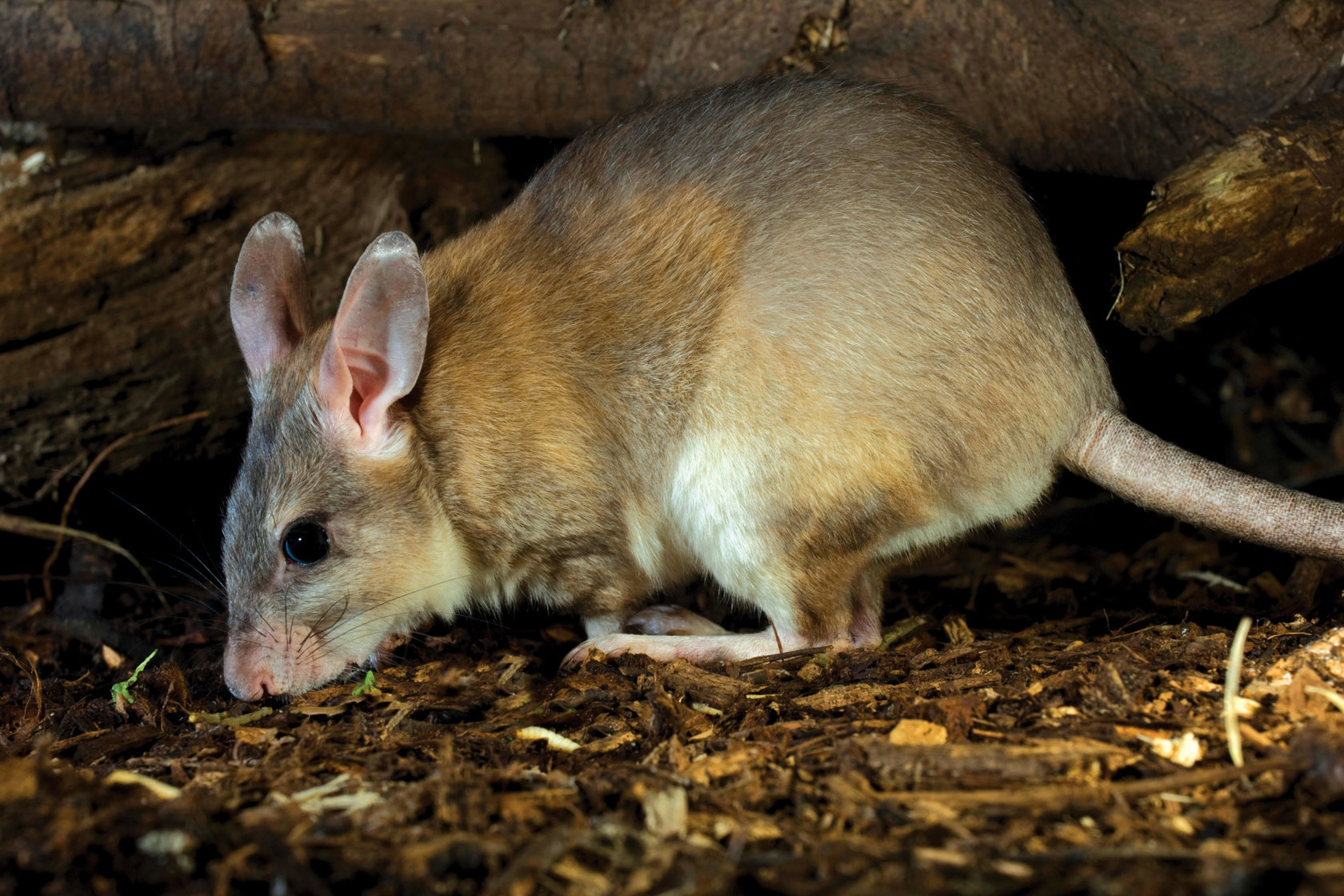
Can the Malagasy giant jumping rat bounce back from the brink of extinction?
This rodent has a slow reproductive strategy. Only one or two young are produced per litter and sexual maturity of females is likely not reached until after two years. Its low reproductive output in combination with rapid habitat destruction and other fast-acting threats highlights the urgency of conservation efforts for this species.
In captivity, conservation action for the Malagasy giant jumping rat has been ongoing since the 1990s when Durrell established the first safety net population at Jersey Zoo. In the wild, the forest in which the jumping rat resides was granted statutory protection in 2006, though this has not alleviated the significant threat of illegal deforestation.
“The Malagasy giant jumping rat is a key species for the IUCN SSC Small Mammal Specialist Group and we will be working hard to promote conservation actions for it,” Dr Kennerly said.
There is now a need to focus efforts on stricter habitat protection measures, investigate the potential pathogens threatening this species, control feral dogs and cats and, ideally, establish a comprehensive action plan for saving the species. Without any intensive conservation intervention or habitat security, the Malagasy giant jumping rat could disappear forever.

